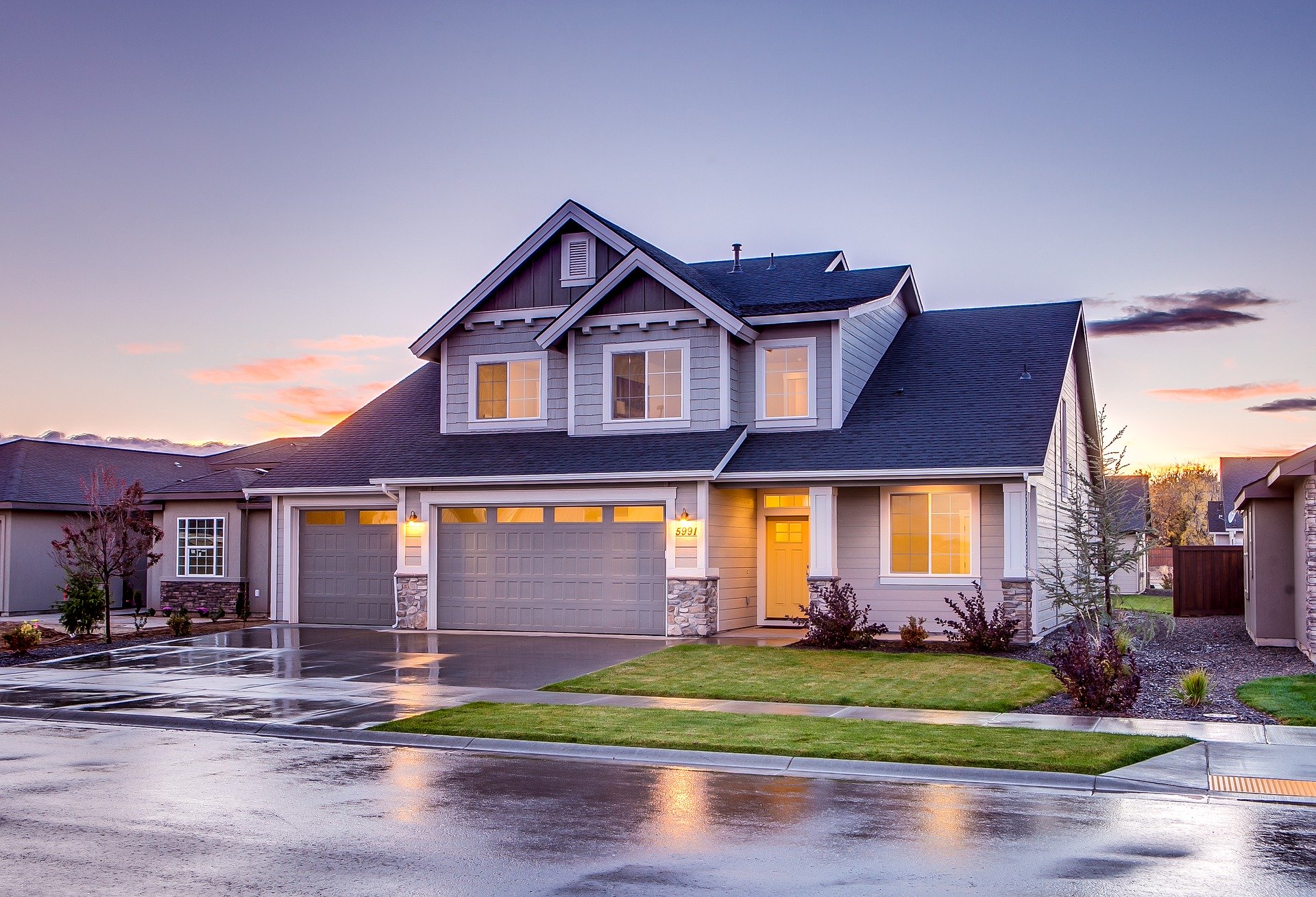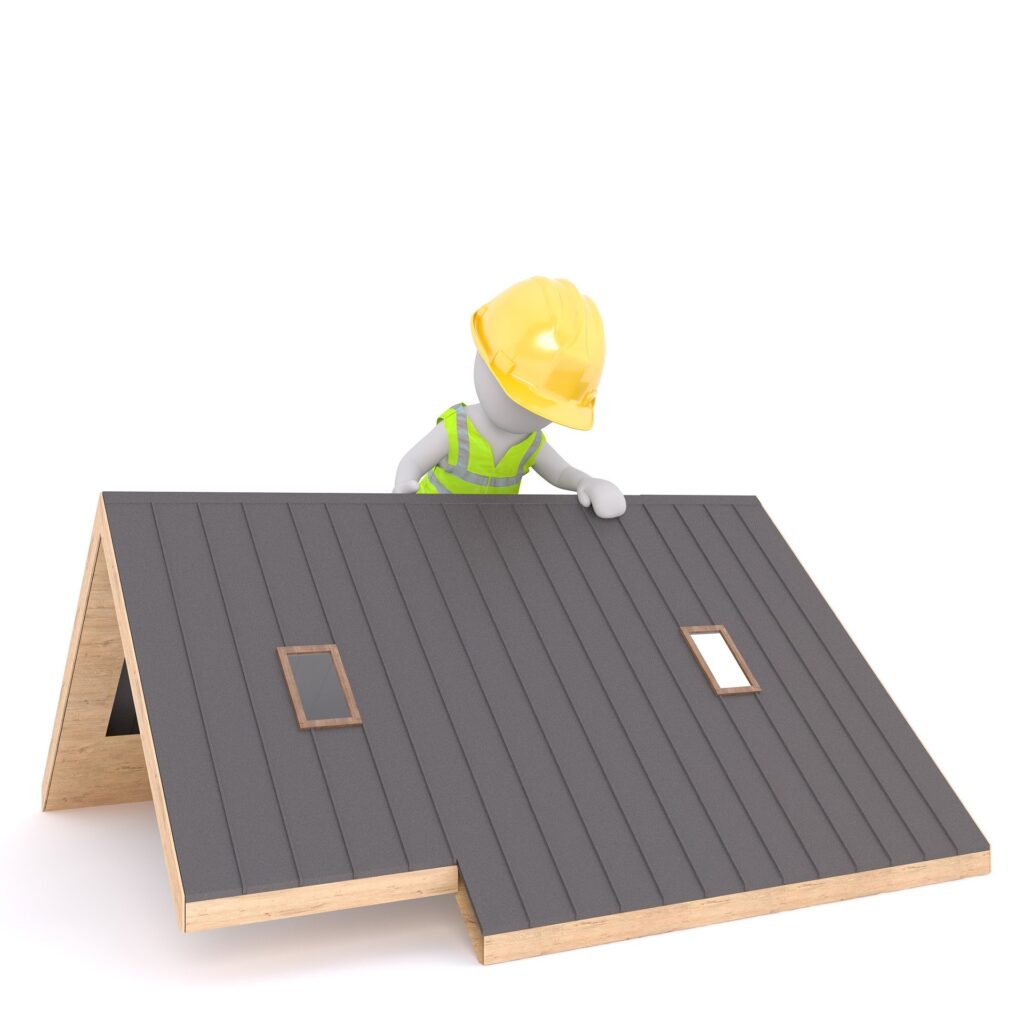Keeping that Roof Over Your Head Up to Code

Roof codes change. To ensure the latest technology, materials, and safety methods are being utilized, building codes are updated every three years by the International Code Council (ICC). As Jason Wilen indicates in his article, Keeping an eye on I-Codes: Part One, the last occurrence was in 2018. We at M&T Exteriors, Inc. always strive to follow updated and locally adopted Building Codes in all projects we complete. Here are a few changes that may be affecting the roof over your head.
Loads
Roof loads refer to your roof’s measured ability to bear weight in different scenarios. This is usually measured in pounds per square foot. For instance, fifteen pounds per square foot is a typical example for an average, wood framed roof with asphalt shingles. There are three different types of loads.
- Dead Load: The dead load of your roof is simply how much it can support itself along with any other bound structures or attachments.
- Live Load: The live load refers to the roof’s supporting objects of a temporary nature, for example a construction crew and it’s materials.
- Snow Load: The snow load is the predictable accumulation of snowfall that the roof will likely have to bear based on it’s design and the area’s recorded snowfall.
The minimum requirements/ thresholds for new roofs have been increased, mostly to deal with the issue of snow. However, they come into play for reroofing projects as well. Again, according to WIlen in Part Two of his article on I-Codes, if any roof alteration causes an increase to any of these loads exceeding five percent, then the roof must be upgraded to meet the most recent standards. There are exceptions, but you should consult with a professional to determine any improvements that alter your roof’s load are in compliance.
Roof Insulation
Changes to insulation requirements vary greatly depending on area and climate. In the Chicago-land area, we are in climate zone 5, as Mark S. Graham of the NRCA indicates in his 2019 article – “Reroofing by the Book” as defined by the International Energy Conservation Code (IECC), 2018 edition. If your home’s energy usage increases significantly, you are making an addition to your home, or even if you just do a roof re-covering you may be required to upgrade your insulation. Your local Building Department, or Authority Having Jurisdiction (AHJ), would need to be consulted prior to start of work to determine what is required. Additionally, current building codes require R-30 when the insulation is entirely above the deck or a R-49 if within attic/other areas. Typically roof maintenance projects allow current attic insulation to remain in place provided it satisfies the codes under which it was installed. To make sure you are up to code in the Chicagoland area, give M&T Exteriors a call and we’d be glad to help.
Roof Re-covering
Roof re-covering has emerged as a less expensive alternative to replacing a compromised roof. Basically it involves adding an extra layer of material to the existing roof. As such, codes have been updated to identify when and how this method may be applied.
According to Mark S. Graham’s book, Reroofing by the book, roof re-covering is allowed when one of the following conditions is met:
- A wholly new roof system is installed in compliance with the manufacturer’s approved instruction.
- A wholly new roof system is built which bypasses the building’s original structural system. For example, if a roof system converted from a low- to steep-slope through a metal panel system, then it is no longer relying on the original system for support.
- Wood shake roof systems may be covered with more durable material such as metal, concrete or clay tile roof systems. However, if the re-cover roof system that is added creates a combustible space, the prior roof system surface must be covered with an approved material such as gypsum board, mineral fiber or fiberglass.
Sometimes roof re-covering can extend the life of your roof for a more reasonable cost than outright replacement. However, there are situations where the existing roof system must be removed and replaced for safety. Graham also indicates:
- If the current roof is composed of asbestos-cement, concrete, clay tile or slate.
- If the existing roof already has a second roof system layer of any type. (This doesn’t apply to a protective roof coating.) In other words, you cannot triple stack roof systems.
- If the existing roof is in such poor condition that it cannot serve as an adequate base for a secondary roof re-covering. If your roof is succumbing to traditional wear and tear, re-covering may be an option. Not so in cases of extreme damage or deterioration.
Drainage
New roofs, whether they are re-covered or replacements, are no longer required to have what’s called secondary emergency drainage (extra overflow drains), so long as the roof has positive drainage, as indicated by in Wanda Edwards’ 2018 article on Ponding Requirement in the IBC and IEBC. As The NRCA Roofing Manual: Membrane Roof Systems indicates that positive drainage is when “there be no ponding water on the roof 48 hours after a rain during conditions conducive to drying.” Lower sloped roofs don’t drain quickly as higher sloped roofs due to physics. If you have a low sloped roof or a flat roof, you may have roof drains, also known as scuppers, to aid with drainage. Again, Edwards states that roof drains are no longer required by code, but it is imperative your roof either has established positive drainage or a reliable secondary system. If not, standing water on your roof can cause damage and a potential roof collapse.
This article is not a comprehensive list of code updates that can affect your roof. Code requirements are complex and often vary by state, county, and municipality. For the Chicagoland area, please give us a call at M&T Exteriors or find us by searching residential roofing company near me in Google.
When to Call M&T Exteriors for that Roof Over Your Head

If you are in the Chicagoland area, M&T Exteriors, Inc., fully reviews the most updated and locally adopted Building Codes to ensure that the work we are completing is in compliance to satisfy the client and the local Authority Having Jurisdiction. That means, you can rest easy knowing that the work we complete will last.
For example, prior to submitting a roofing quote for replacement, we at M&T Exteriors, Inc., review your existing attic insulation levels to ensure proper depths to meet current Building Codes. If we believe that the existing insulation levels do not meet or exceed the current codes, we will provide a quote to you for bringing your insulation to code.
Another advantage of using M&T Exteriors, commercial roofers Chicago is that we do not typically recommend re-covering an existing roof, because it may decrease the useful life of the new roofing system and add significant weight to the already existing dead loads – possibly leading to premature deck deflections and/or moisture intrusion. We can, however, do a roof re-cover, but only under special scenarios.
Want to make sure that the roof over your head stays there and is up to code? Call our office at 331-240-2911 now to discuss your needs and/or questions. We are also always happy to discuss your exterior restoration needs and how these codes may affect your upcoming work. We are among the top-rated roofing companies in Chicago-land area and will do our best that the roof over your head keeps you safe and comfortable in our home.

One Response
Im obliged for the article post. Really looking forward to read more. Dell Cchaddie Means